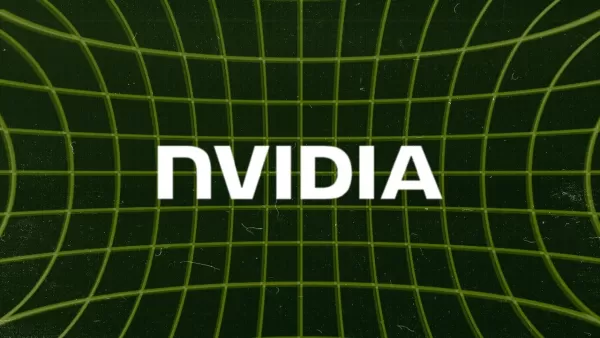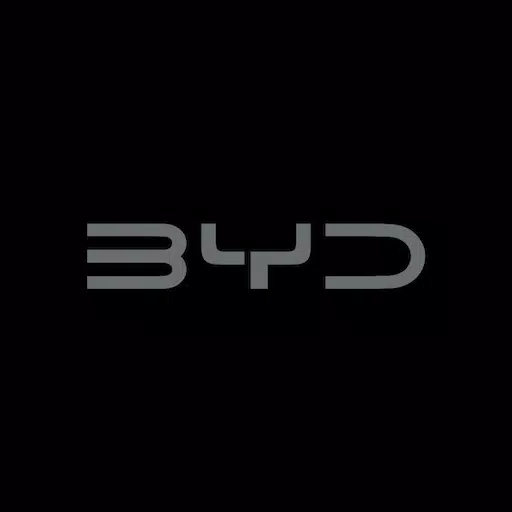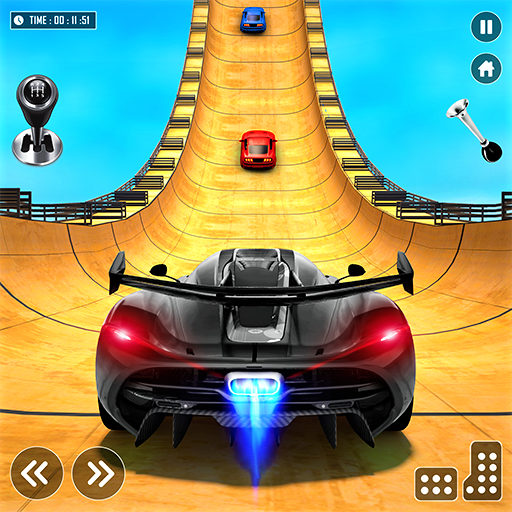Nintendo Switch 2 Tech Analysis: Is 4K Actually Realistic? [Updated]
The wait is over—Nintendo Switch 2 has officially been unveiled, and with it comes a significant leap in performance compared to its predecessor. While the original Nintendo Switch carved out a unique space in the gaming world with its hybrid design, the new system now faces stiff competition from powerful handheld PCs like the Steam Deck and the Asus ROG Ally X, both capable of running modern AAA titles on the go.
This means that while the Nintendo Switch 2 will always have a built-in audience for exclusive titles such as Mario Kart World, potential buyers considering it for multiplatform games must weigh its $449 price tag against more versatile alternatives. With Digital Foundry confirming the full specs of the system’s custom Nvidia SoC—including CUDA core count—it's time to take a deep dive into what this means for performance, especially regarding Nintendo’s bold claims about 4K gaming.
Nvidia’s Custom Tegra T239 Chipset
At the heart of the Nintendo Switch 2 lies the Nvidia Tegra T239, a custom APU featuring an 8-core ARM CPU and an Ampere-based GPU with 1,536 CUDA cores. This architecture is the same one found in the desktop RTX 3080, although obviously scaled down significantly for mobile use. The chip also includes support for DLSS and ray tracing, features that were unthinkable on the original Switch’s Maxwell-based Tegra X1.
To put things into perspective, the Steam Deck uses a custom AMD APU with RDNA 2 graphics and 8 GPU cores, which is less than what the Nintendo Switch 2 offers in raw GPU specifications. However, power delivery and thermal constraints play a major role in real-world performance. The upcoming AMD Z2 Extreme promises up to 16 RDNA 3.5 GPU cores, but devices using that chipset are expected to be far more expensive than the Switch 2.
Will It Deliver True 4K Gaming?
While native 4K gaming is unlikely due to the limitations of the Tegra T239, DLSS could help bridge the gap by enabling AI-driven upscaling. Even so, with only 48 Tensor Cores available across 12 SMs, performance enhancements through DLSS will be modest at best, especially in graphically demanding titles like Cyberpunk 2077.
Most games will likely target 1080p output, either natively or through upscaling. According to early reports from Digital Foundry, some titles like Donkey Kong Bananza render at native 1080p, while others rely heavily on lower resolutions (as low as 540p) before upscaling. Docked mode performance peaks at 1,007MHz on the GPU, dropping to 561MHz in handheld mode, further widening the performance gap between the two usage scenarios.
CPU, Memory, and Bandwidth Limitations
The CPU runs at 998MHz when docked and increases slightly to 1,101MHz in handheld mode—a somewhat counterintuitive design choice, likely tied to memory bandwidth allocation. The system features 12GB of LPDDR5 RAM on a 128-bit bus, offering 102GB/s of bandwidth when docked and 68GB/s in portable mode. This variance can have a major impact on game performance, particularly in open-world titles where texture streaming and asset loading are critical.
Battery Life and Power Constraints
Power efficiency remains a top priority for the Switch 2, with the entire system consuming approximately 10W. Of that, the SoC itself is estimated to receive only 5–6W, a third of what the Steam Deck’s APU draws. This tight power budget helps extend battery life, though Nintendo estimates a minimum of just 2 hours under heavy load—an improvement over the original Switch’s quoted battery life, despite the higher-resolution display and stronger processor.
The internal battery capacity has increased to 5,220mAh (up from 4,310mAh), potentially equating to around 19Whr assuming similar voltage levels. While smaller than the Steam Deck’s battery, this increase contributes to better longevity without compromising portability or thickness.
Display Upgrade
One of the most noticeable changes in the Nintendo Switch 2 is its display. The device features a larger, sharper 7.9-inch LCD panel with Full HD (1920x1080) resolution, HDR10 support, and a variable refresh rate up to 120Hz. Although the silicon may struggle to push high frame rates in demanding titles, smoother indie and older games will benefit greatly from the improved screen capabilities.
With a minimum peak brightness of 1,000 nits (required for HDR10 certification) and support for Wide Color Gamut (WCG), the display should offer vibrant visuals and excellent visibility even in bright environments. Compared to the Steam Deck’s 800p LCD, the Nintendo Switch 2’s screen is a clear step up in terms of clarity and color performance.
Nintendo Switch 2 Direct April 2025 Game Lineup
- Mario Kart World – Nintendo EPD
- Super Mario Party Jamboree - Nintendo Switch 2 Edition + Jamboree TV – Nintendo Cube
- Nintendo Switch 2 Welcome Tour – Nintendo
- The Legend of Zelda: Breath of the Wild - Nintendo Switch 2 Edition – Nintendo EPD
- The Legend of Zelda: Tears of the Kingdom - Nintendo Switch 2 Edition – Nintendo EPD
- Kirby and the Forgotten Land - Nintendo Switch 2 Edition + Star-Crossed World – HAL Laboratory
- Metroid Prime 4: Beyond - Nintendo Switch 2 Edition – Retro
- Pokemon Legends: Z-A Nintendo Switch 2 Edition – Game Freak
- Drag X Drive – Nintendo
- Elden Ring: Tarnished Edition – FromSoftware
Final Thoughts: Is the Nintendo Switch 2 Worth It?
In isolation, the Nintendo Switch 2 represents a massive upgrade over the original
- 1 STARSEED Update: Codes for January 2025 Released Feb 25,2025
- 2 Pokémon TCG Pocket: Wonder Pick Date, Time, and Promo Cards – February 2025 Mar 03,2025
- 3 How to Get All Ability Outfits in Infinity Nikki Feb 28,2025
- 4 Black Myth: Wukong Tops Steam Charts Days Before its Launch Jan 07,2025
- 5 Project Zomboid: All Admin Commands Jan 05,2025
- 6 Ukrainian Internet Stalled as 'S.T.A.L.K.E.R. 2' Release Overwhelms Dec 30,2024
- 7 inZOI, a Korean Sims-Like, Delayed to March 2025 Mar 01,2025
- 8 Starseed Asnia Trigger Codes (January 2025) Mar 06,2025
-
Budgeting & Investing: Your Guide to Financial Apps
A total of 9
-
Addictive Hypercasual Games for Quick Play
A total of 10
-
Best Role Playing Games for Android
A total of 10































